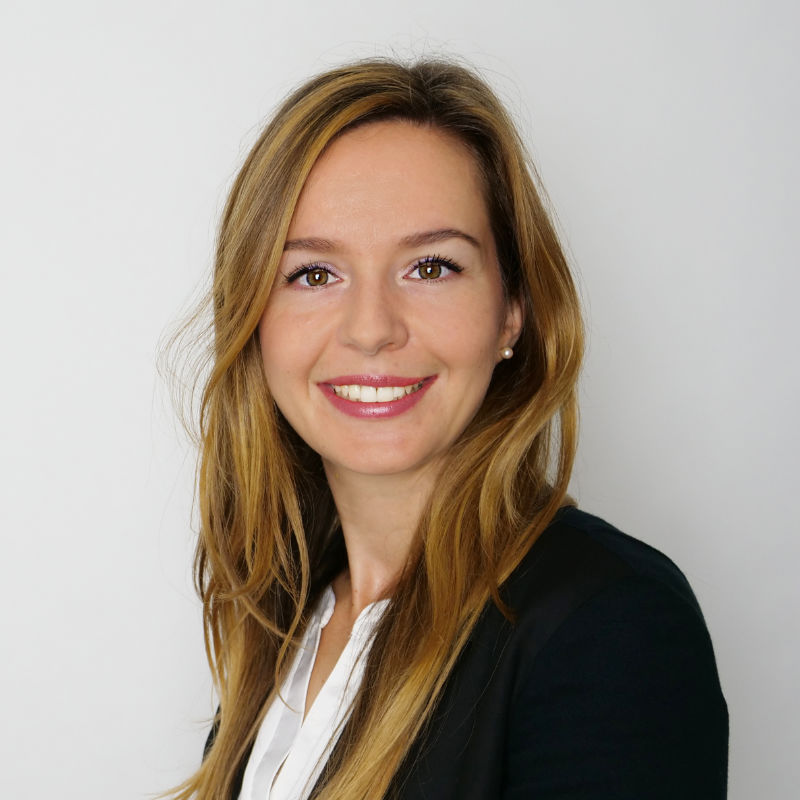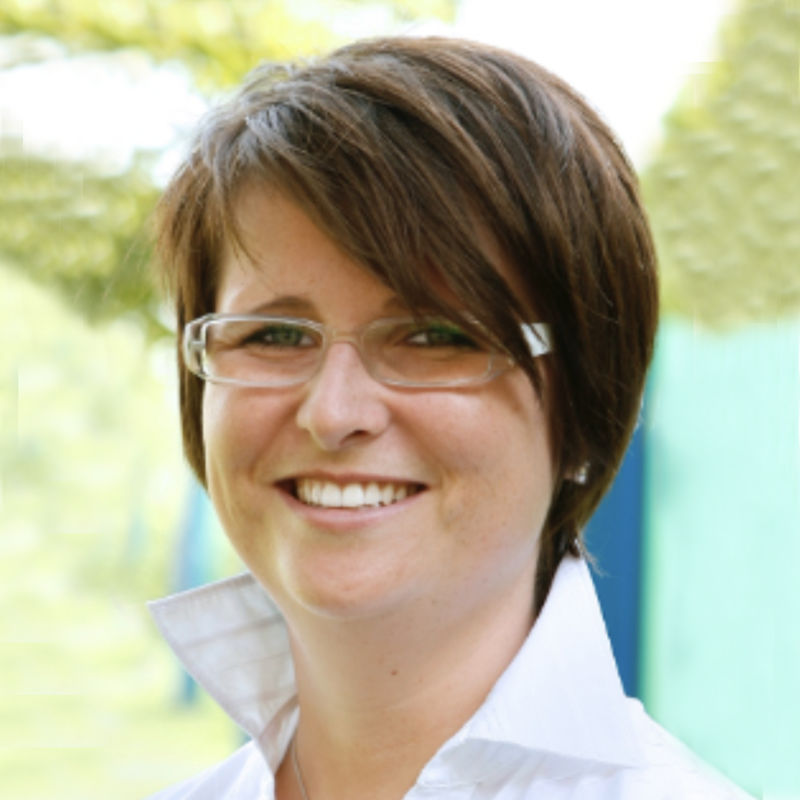Securing property rights and license management
Patents, utility models, trademarks and registered designs are industrial property rights. They provide inventors or companies with a competitive advantage for a limited period of time and thus offer protection against imitation by third parties. The trademark can even be renewed as often as desired.
The path to a patent: why, for what, how, for how long?
Patents protect technical inventions from unwanted imitation and use by third parties and at the same time offer competitive advantages and knowledge sharing. In return, the invention is published in full. Patents reward their owners with a monopoly on use that is limited in time and space for a maximum of 20 years. This also allows licenses to be granted and licensing companies to allow exploitation in return. Patents can also be sold or inherited.
Requirements for a patent
Patent protection is granted for inventions in all fields of technology, provided they are new, involve an inventive step and are industrially applicable. Therefore, keep your invention secret as long as you have not yet applied for a patent!
- Novelty: an invention is considered new if it does not belong to the state of the art. The state of the art is everything that has been made available to the public by written or oral description or by use before the filing date.
- Inventive step: an invention must not only be new, it must also involve an inventive step, i.e. it must not be obvious from the state of the art.
- Industrial applicability: The industrial applicability of an invention is fulfilled if it can be manufactured or used in any industrial field. In addition, the invention must be disclosed clearly and completely so that a person skilled in the art can carry it out. The term “person skilled in the art” essentially covers an experienced person in the art who has average knowledge and skills and who is aware of what is generally accepted knowledge in the relevant field at a given time.
First steps - what happens when I have an invention?
- Evaluation of the invention and market research: in an initial meeting, the technology transfer team advises on patentability, exploitation potential, co-inventors, publication intentions and the legal situation and supports the next steps with regard to patent application, licensing and spin-off.
- Invention disclosure: Inventions by employees of the University are service inventions (§ 7 PatG) and must be reported to the Rectorate in accordance with § 106 UG. This also applies to inventions made outside of working hours as long as they are related to the employee's work. Inventions made as part of a third-party funded project must also be reported.
- Three-month period: the university decides within three months of receipt of the invention disclosure (fully completed and signed) whether the invention will be taken up or will go to the inventors themselves.
- Priority application or first filing: if the university takes up the invention and decides to apply for a patent, a professional patent attorney prepares and files the application. When the patent application is received by the selected patent office, the invention is filed and the filing date is set, thus establishing priority.
Enforcement and exploitation of patents at national and international level
There are various ways to protect your invention - you have the option of filing a national Austrian patent application, a European patent application or an international patent application under the PCT procedure. It makes sense to register the invention where there is a market or production site for it.
- European patent application: by filing a single patent application with the European Patent Office (EPO), patent protection can be obtained in several or all EPC contracting states. The patent application is examined centrally at the EPO. After grant, the European patent is treated as a national property right in the countries in which it is to be valid.
- International patent application: the Patent Cooperation Treaty (PCT) enables a centralized application and search procedure. The national offices are responsible for examination and grant. By filing a single international patent application, patent protection can be applied for in any number of PCT contracting states.
Alternatives to the patent?
- Utility model: a utility model is a territorial property right that is registered at national level in the corresponding national utility model register and is only effective in the national territory. A utility model registered in Austria, for example, is only valid in Austria. It corresponds to a patent in terms of subject matter, i.e. technical inventions that are new, inventive and industrially applicable can also be protected as utility models. However, the differences to a patent are as follows: utility model protection lasts for a maximum of ten years from the date of entry in the utility model register and publication in the utility model gazette. The utility model is examined for formal requirements and registered in the utility model register without a substantive examination of the protection requirements. It is therefore considerably cheaper and quicker to obtain than a patent. However, the protective function is weaker than that of a patent. A comprehensive examination of the requirements for protection only takes place if a third party applies to have the utility model declared invalid.
- Trademarks: Trademarks are signs that make products and services from different providers distinguishable from one another. A trademark can be protected nationally and internationally, whereby the European Union trademark exists for the European domestic market. A trademark starts with an idea - for example, a logo is designed, a color defined, an icon developed for products or services. A word, figurative or sound mark can be registered. The object of protection should be clearly and unambiguously defined, as not everything is possible - for example, “microscope” for a microscope cannot be registered as a pure word mark, as this is descriptive. A trademark does not stand for itself, but always identifies a product or service. Protection commences on the date of entry in the relevant register, retroactively to the filing date, on the basis of original protectability or on the basis of the mark having acquired a reputation. Trademarks can be renewed indefinitely (every 10 years).
- Design patents (designs): Designs offer protection for the external form of an industrial or handicraft product or a part thereof. A design can be protected nationally and internationally, whereby there is uniform design protection for the European single market. The design begins with an idea - it is designed and put into practice. The design is not about the function of the product, but about the shape, form, lines, contours, surface structure, i.e. its complete visual appearance, or just parts of it. If the design is new and differs significantly from others, it can be registered. The registration is published in the Design Gazette, entered in the register and a design certificate is issued. The maximum term of protection is 25 years from the filing date and must be renewed every five years. However, registration does not guarantee that design protection is secured until the end of the term. If third parties can prove that the registration should not have been made, the design can be declared invalid.

Dr.in Sandra Schaffenrath
E-Mail: technologietransfer@i-med.ac.at

Dr.in Tatjana Heckel
Tel.: +43 512 9003 71764
E-Mail: technologietransfer@i-med.ac.at
Guide inventions, securing property rights, exploitation
The IP Guide provides detailed instructions on how to protect and manage intellectual property, including copyrights, patents and trademarks, to ensure that creative works and innovations can be legally protected and commercially exploited.
to the guideInvention disclosure (template)
An invention disclosure is the formal notification that an inventor sends to the employer to document a new invention. It serves to secure the rights of the inventor and to start the innovation process.
to the templateSoftware message (template)
A software notification is a notification of the development of new software or a software feature. It is used to document the software and, if necessary, to apply for industrial property rights.
to the templateGuide to Patents
How Science/Ideas make it to the Patients
to the Guide to Patents
Research
- Home
- Research Focus
- Research Funding
- Young scientists at the MUI
- Handling of external funding
- Research Performance
- Cooperation Partners
- Publishing services
- Open Access
- Research Data Mangement
- Knowledge and Technology Transfer
- Research Infrastructure
- Researchers Mobility
- Research Report
- Links (only in German)
- Home
- Research Focus
- Research Funding
- Young scientists at the MUI
- Handling of external funding
- Research Performance
- Cooperation Partners
- Publishing services
- Open Access
- Research Data Mangement
- Knowledge and Technology Transfer
- Research Infrastructure
- Researchers Mobility
- Research Report
- Links (only in German)




